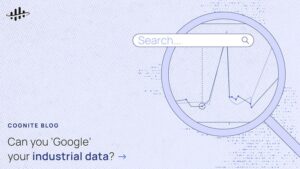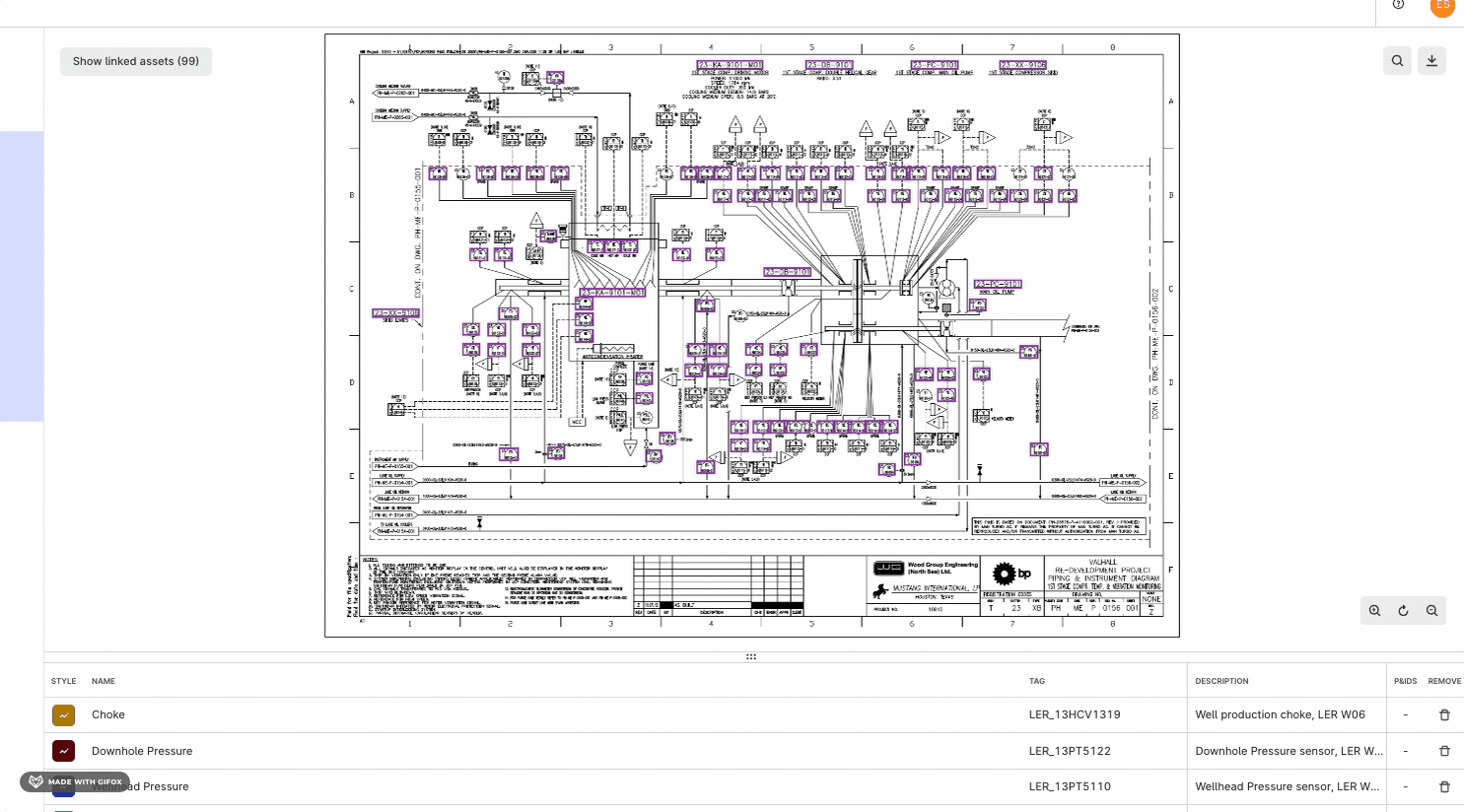
Industrial DataOps practices and software are simplifying the processes by which industrial data can be managed and served to subject matter experts so that they can be more effective and productive.
This article is sponsored and originally appeared on Cognite.com.
It’s almost a certainty that today you’ve used a form of online search. From finding restaurant recommendations, to answering open-ended questions, to perhaps even looking for articles like this, search engines, like Google, effortlessly deliver timely, relevant information. In many cases, these queries don’t even need to be complete in order to return useful information. instead, the engines use context clues to piece together informative results. For most people, these powerful search capabilities have become an expectation, not a “nice-to-have”, and generally lead to smarter decision-making and planning.
But what about industrial environments like offshore oil -and gas platforms, manufacturing plants, and the power grid? Given the high-stakes nature of industry and the sheer amount of operational questions being asked, shouldn’t there be similar data search capabilities so that operators can use data to help maintain safe working conditions, ensure smooth production, and, literally, keep the lights on?
Still no single pane of glass for insights
The answer is complicated; today, the reality of industrial search is a far cry from the consumer/commercial world. Often, operators can (and do) spend hours looking for and interpreting data that they need to tell an asset-centric narrative, just to learn that the data is incomplete, inaccurate, or that the decision no longer matters. This can involve looking through reports and spreadsheets, engaging with other data owners, or making new requests to IT – none of it happening through a single pane of glass.
Today’s asset subject matter experts (SME) are hungry for more data and frustrated by the process in which to get it.
Just imagine the query: “Show me the time series data for all boiler-feed pumps from ABC vendor which haven’t been serviced in the past 6 months and their locations.” This is valuable information to have that can impact risk assessments and maintenance planning, but the data and process to serve it are not typically structured in a way to answer the query without jumping through several hoops.

First, this data is spread across multiple sources: time series data from the historian, asset hierarchy information from the ERP, and maintenance history and records from the CMMS. These systems are usually siloed and don’t speak to each other, so the first step is generating three individual queries to return the data needed.
The next challenge exists in knowing how these data sets relate to each other; What signals matter? What tag names are correct? Etc. In Google, this contextualization is codified in the back-end and the person querying the data does not have to think about it. This is in stark contrast with the industrial world where contextualization happens manually in the heads of the domain experts for the process.
Once this data has been collected and validated and used in a hypothesis, it often leads to more related questions, thus kicking off the process all over again and resulting in a tremendous amount of inefficiency and lost productivity. Subject matter experts are valuable and hard to come by, so being able to serve more information in a search-like capacity can have an immediate impact on their productivity and means to drive improved asset decisions.
Related: Why Is It So Hard to Trust Industrial Data? And What Can Be Done About It?
Industrial data “search” is still broken
So what is needed to fix “search” for industrial data? It’s not for a lack of trying; industry has put a lot of effort into new digital tools and capabilities that attempt to create free flows of information from their vast amounts of industrial data. But the data systems and mechanics are not connected enough to even begin to approximate Google-like search for front-line staff.

What industry needs to do – Cognite’s POV
- Make data available like air in the sky: Industrial decision-making will depend on a much broader range of data sets such as time series data, images/video, documents, diagrams, models, maintenance records, etc. All this data needs to be aggregated and accessible through a single pane of glass at a higher level of abstraction than each individual, siloed source system. Data connectors and extractor technology are evolving quickly to simplify how to connect these disparate sources.
- Make data useful with automated contextualization: All this data in one place still doesn’t solve the context problem. But instead of using SME brain power and sheer will to build the relationships that matter between these different data sources, industry must turn to algorithms and matching technology that not only springboard the mental model, but learn and can automate data relationship matching over time. This way, the SME can shift to being an approver of the data relationship model, rather than the developer.
- Making data valuable in the hands of domain experts: Interpreting the data query results is still largely a task for the experts, and here they are generally equipped with powerful dashboards and visualization tools. To solve the search problem, it must be easy and intuitive for SMEs to access the data they need from one pane of glass and then analyze it using the tools they are familiar with. This last leg where data is analyzed, applied, and internalized closes the loop and makes data truly valuable to the organization
While there is still work to be done to facilitate true google-like search for industrial data, the technological backbone is maturing quickly. Industrial DataOps practices and software are simplifying the processes by which industrial data can be managed and served to subject matter experts so that they can be more effective and productive. By enabling data access directly into the front lines of industrial operations, organizations will be able to finally realize the true value of digital transformation.








